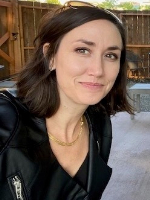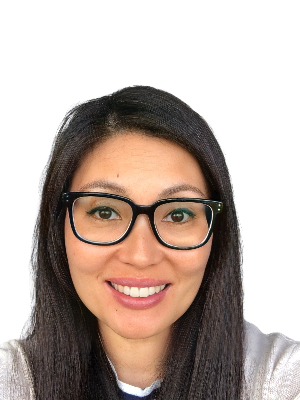
May 6-10, 2024 - Virtual via Zoom
Decades of rigorous research show that high-quality early learning settings inclusive of children with disabilities contributes to a child's lifelong ability to learn and relate to others. WA state has a diverse mixed delivery system of public and private early learning and preschool programs to build upon. However, there are wide variations in resources and experiences throughout our state when families step on the bridge, transitioning them from the IDEA, Part C, system to that of the larger, IDEA, Part B system. Join leaders from Washington state, including those from Regional Educational Service Districts, ESIT providers agencies, and school district teams, participants will learn the importance of the transition planning conference used to ensure that toddlers exiting Part C and deemed potentially eligible for Part B, “experience a smooth and effective transition”. With a strong understanding of the communities they serve, the potential trauma experienced over the course of the pandemic on both children and families, and the impacts of intergenerational trauma on Black, Indigenous, and other persons of color, ESIT provider agencies and school districts can effectively work together to keep their transition bridges strong for years to come.
Janelle Bersch is the Managing Director of Early Learning at the North Central Educational Service District. She has worked at the NCESD for 20 years and has had multiple experiences in the early learning field for the past 30 years ranging from Head Start, Child Care, Early Intervention and School District preschool programs. Janelle is passionate about home visiting, parent engagement and inclusive practices. She is honored to be a part of the NCESD Early Learning Team which provides technical assistance, training and parent coaching to families, district partners and community early learning and care agencies.

Ryan Guzman, M.Ed., is the Washington state Early Childhood Special Education-619 Coordinator. With over 20 years of experience, Ryan has assumed many roles in the field of early childhood special education, including Developmental Preschool Teacher, Part C, IDEA, Early Intervention Case Manager, PreK-1 Intervention Specialist, and later ESD 113 ECSE Coordinator.

I am the Early Childhood Coordinator for Wenatchee School District. I am proud to be part of a school that intentionally includes all children. The teamwork among staff and teachers is phenomenal and I am honored to be a part of this work! Previous to this role, I was a special education teacher for 16 years. I worked in many different settings and with a variety of age groups. The early childhood ages are my FAVORITE! The amount of growth a child can make in a relatively short amount of time is amazing to witness.